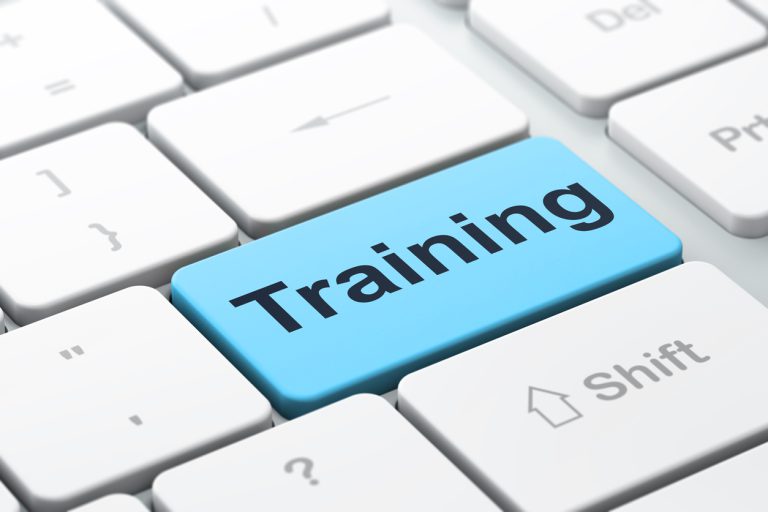Originally published in the Spring 2022 Issue of Kansas Child Magazine.
It’s been 17 years since I started as an intern at The Family Conservancy on the Early Care and Education (ECE) team. During that time, I’ve seen funding come and go, bright ideas soar, and incredibly impactful supports disappear. One thing has remained the same throughout my tenure, however; the ECE team is always working tirelessly to meet the demand for professional development for early childhood providers in the Kansas City metropolitan area.
The Kansas City metro area spreads over two states, which can be confusing to outsiders. But our ECE team knows it well. We work to keep each state’s available resources straight for our providers. It’s one of the first things we ask: “MO or KS?” Even so, we have always wanted an easier way for providers to find training — and more of it — wherever they are located in the Kansas City area.
Finally, more than three years ago, during a brainstorming meeting with community partners, an idea was proposed to create a hub at The Family Conservancy for professional development in Kansas City. We could create one central entry point for providers to find the professional development opportunities available in the area. As we mapped out the idea, we realized it had a multitude of possibilities.
With the hub, we could organize a core group of quality trainers. Rather than trying to provide so much of the training ourselves, The Family Conservancy could release a Request for Qualifications (RFQ) to contract with those already providing specialized training. With this added capacity, facilitators could offer community training and visit providers on-site when requested.
Increasing the quantity and quality of the training available — as well as building a system to coordinate services — would simplify professional development for everyone, especially providers. They could use the hub to find other opportunities as well, such as coaching projects and other quality initiatives available in the community. The Family Conservancy would regularly collect data to assess the providers’ engagement levels, determine what needs were not being met, and pivot when needed. Innovation would be key.
Local funders also loved the idea of making professional development high quality, comprehensive, and fluid. Rather than funding a single initiative, they could invest in a system of professional development and quality support for all early education providers in the Kansas City area.
Our community was dreaming big. Yet we knew we could get there together.
Now our collective dream has become a reality! Since the RFQ was released, The Family Conservancy has contracted with 13 trainers, resulting in increased offerings. A discount membership program was created, and special events are being scheduled. Finally, the online portal is currently being built and is expected to launch by June 2022.
It’s so exciting to see this professional development solution in the Kansas City area! I cannot wait for providers to log in and easily find more opportunities available than ever before.
-

Jenny Brandt
Director of Early Care and Education, The Family Conservancy
Jenny Brandt has over 20 years of experience in the field of early childhood, serving as director of Early Care and Education (ECE) at The Family Conservancy since 2012. Jenny has a strong focus on assessing the needs of early care and education providers in the Kansas City community and identifying or creating resources to meet their needs. Her favorite part of the work is coaching. She likes to encourage innovative thinking and help identify action steps to keep continual forward movement in the field.






